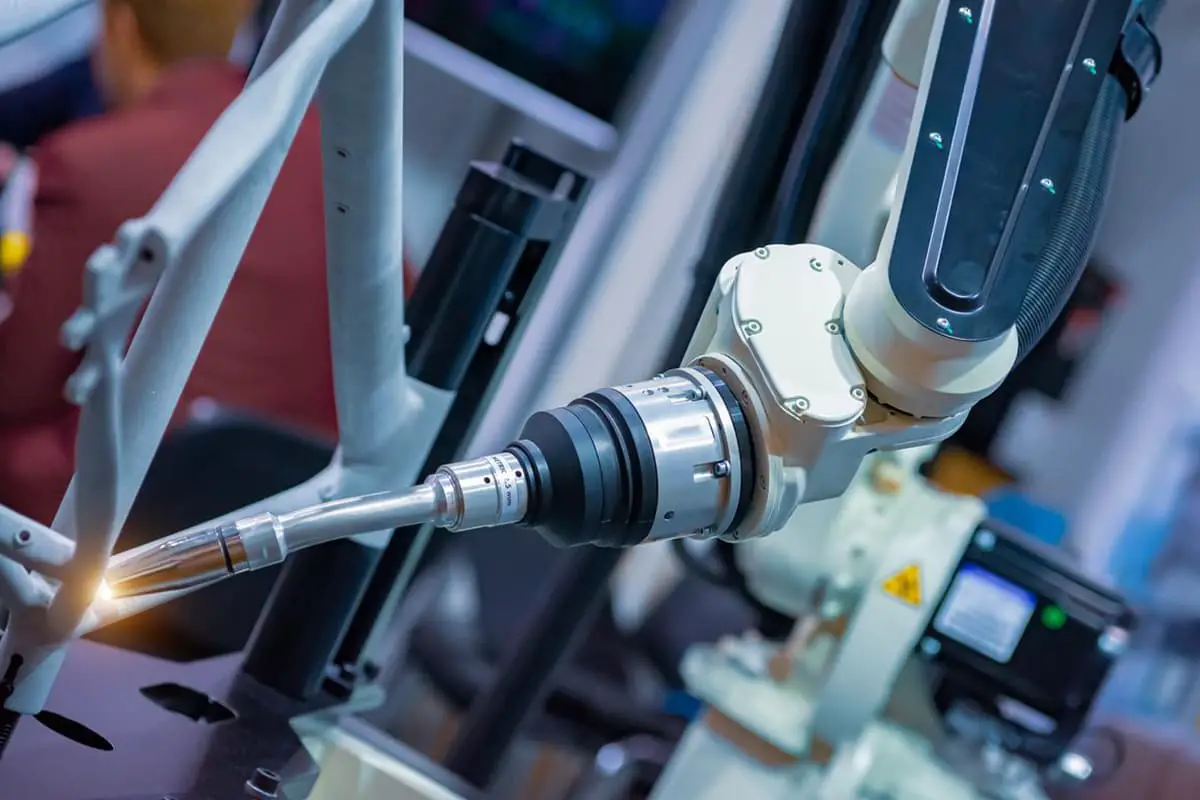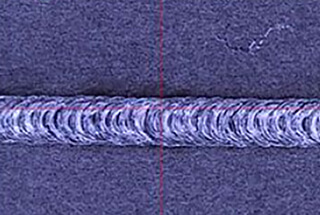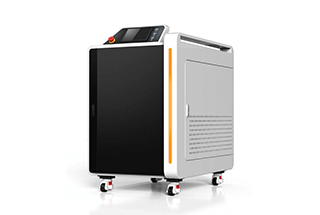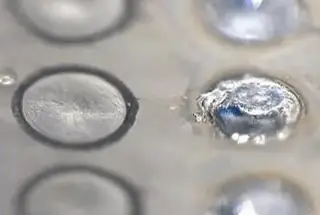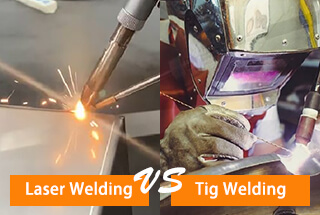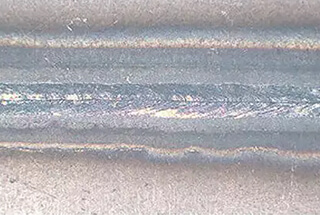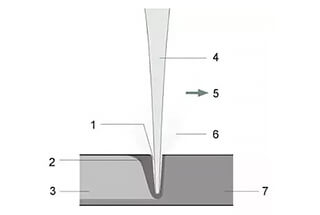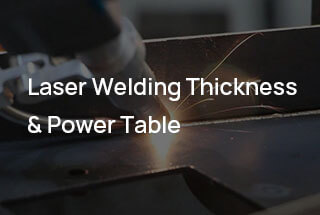
Laser welding can join a remarkable variety of materials, but which ones truly excel? This article explores the specifics, covering everything from common metals like carbon steel and aluminum to more complex materials such as plastics and copper alloys. Readers will discover the unique challenges and solutions for each material, providing essential insights for selecting the right materials and techniques for their laser welding projects.
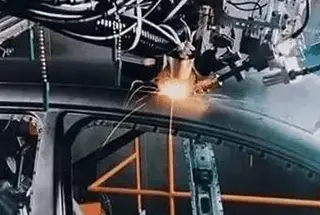
Laser welding is the process of using high-energy laser pulses to locally heat a small area of a material. The energy of the laser radiation is transferred to the material’s interior through heat transfer, causing the material to melt and form a specific molten pool, thus achieving the purpose of welding.
A laser welding machine is a device used for laser material processing. Based on its mode of operation, it can be classified into four types: laser mold welding machine, automatic laser welding machine, laser spot welding machine, and optical fiber transmission laser welding machine.
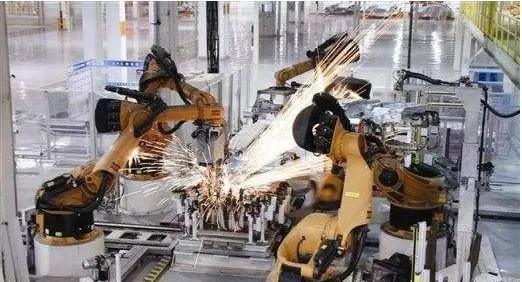
Laser welding technology offers exceptional precision and efficiency for joining various tool steels and mold materials. This advanced welding process is particularly effective for high-performance die steels, including:
The laser welding machine’s concentrated heat input and precise control result in minimal heat-affected zones, reduced distortion, and superior weld quality. This makes it ideal for repairing and modifying high-value molds and dies. The process maintains the base material’s properties, ensuring consistent performance in demanding applications such as injection molding, die casting, and metal forming.
Key advantages of laser welding for these tool steels include:
To achieve optimal results, proper material preparation, shielding gas selection, and welding parameters must be carefully controlled based on the specific steel grade and application requirements.
Carbon steel can be effectively joined using laser welding techniques, with the weld quality heavily influenced by material composition and preparation. For optimal results, preheating is essential when the carbon content exceeds 0.25%, as this reduces the cooling rate and minimizes the risk of forming brittle martensite in the heat-affected zone (HAZ).
When joining steels with dissimilar carbon contents, it’s crucial to adjust the laser beam positioning. The focal point should be slightly offset towards the lower carbon steel, typically by 10-15% of the beam diameter. This technique ensures more uniform heat distribution and promotes better fusion at the joint interface.
The rapid thermal cycling inherent to laser welding—characterized by extremely fast heating and cooling rates—can lead to increased susceptibility to weld defects as carbon content rises. Higher carbon steels are more prone to forming hard, brittle microstructures in the HAZ, potentially resulting in cold cracking or reduced ductility.
Laser welding is suitable for a wide range of steel grades, including medium and high carbon steels (0.30-0.60% C and >0.60% C, respectively) as well as common alloy steels. However, these materials often require careful process control. Preheating to 150-300°C (depending on carbon equivalent and section thickness) helps mitigate thermal shock. Post-weld heat treatment, such as stress relief at 550-650°C for 1 hour per 25mm thickness, is crucial to reduce residual stresses and improve the mechanical properties of the welded joint.
To further enhance weld quality, consider these additional practices:
Laser welding of stainless steel offers significant advantages over traditional welding methods, particularly in achieving high-quality joints with superior mechanical properties and aesthetic appeal.
The high-energy density and precise control of laser welding result in a narrow heat-affected zone (HAZ) and rapid welding speeds. This combination effectively mitigates the challenges associated with stainless steel’s large coefficient of thermal expansion, reducing the risk of thermal distortion and residual stress. Consequently, laser-welded stainless steel joints typically exhibit minimal defects such as porosity, inclusions, or hot cracking.
Stainless steel’s inherent material properties make it particularly suitable for laser welding. Its relatively low thermal conductivity (typically ranging from 16 to 26 W/m·K, compared to carbon steel’s 43-54 W/m·K) concentrates the heat input, while its high energy absorption coefficient (often exceeding 35% for CO2 laser wavelengths) ensures efficient coupling of laser energy. These characteristics facilitate the formation of deep, narrow penetration welds with high aspect ratios, often achieving penetration depths of 5-10 mm in a single pass, depending on laser power and welding parameters.
For thin-gauge stainless steel sheets (typically <3 mm), low-power lasers (500W-2kW) can produce exceptionally clean and visually appealing welds. The precise energy control allows for minimal heat input, resulting in narrow fusion zones with smooth surface profiles and reduced spatter. This not only enhances the aesthetic quality but also maintains the corrosion resistance of the stainless steel by minimizing chromium carbide precipitation in the heat-affected zone.
To optimize laser welding of stainless steel, key parameters such as laser power, welding speed, focal position, and shielding gas composition must be carefully controlled. For instance, using a mixture of argon with 2-5% hydrogen as shielding gas can further improve weld quality by increasing arc stability and reducing oxidation.
Welding copper and its alloys presents unique challenges due to their high thermal conductivity and low melting point. To achieve complete fusion and penetration, energy-concentrated heat sources such as electron beam, laser, or plasma arc welding are often employed. These high-power methods, combined with preheating techniques, help overcome copper’s rapid heat dissipation properties.
Thin or low-stiffness copper workpieces are particularly susceptible to deformation during welding. Without proper fixturing or heat management strategies, significant warping can occur post-welding due to thermal expansion and contraction. In cases where the joint is subject to rigid constraints, residual stresses may develop, potentially compromising the structural integrity or dimensional accuracy of the component.
Thermal cracking is a prevalent issue in copper welding, often resulting from the material’s susceptibility to hot shortness. This phenomenon occurs when grain boundary segregation of impurities weakens the material at elevated temperatures. To mitigate this risk, careful control of heat input, cooling rates, and selection of appropriate filler metals are crucial.
Porosity remains a frequent defect in copper and copper alloy welding, primarily due to the high solubility of gases (particularly hydrogen and oxygen) in molten copper. As the weld pool solidifies, these dissolved gases can form bubbles, leading to internal voids. To minimize porosity, rigorous cleaning procedures, proper shielding gas selection, and optimized welding parameters are essential. In some cases, specialized techniques like vacuum welding or the use of deoxidizing elements in filler metals may be necessary to produce high-quality, porosity-free welds in copper alloys.
Laser welding technology demonstrates exceptional versatility in joining thermoplastics and thermoplastic elastomers, encompassing a wide range of materials including polypropylene (PP), polystyrene (PS), polycarbonate (PC), acrylonitrile butadiene styrene (ABS), polyamide (PA), polymethyl methacrylate (PMMA), polyoxymethylene (POM), polyethylene terephthalate (PET), and polybutylene terephthalate (PBT). This broad applicability stems from the precise energy delivery and localized heating characteristic of laser welding, which minimizes thermal stress and material degradation.
However, certain high-performance engineering plastics, such as polyphenylene sulfide (PPS) and liquid crystal polymers (LCPs), present challenges for direct laser welding due to their inherently low laser transmittance. These materials typically exhibit high crystallinity and thermal stability, properties that contribute to their excellent mechanical and chemical resistance but also result in poor laser energy absorption.
To overcome this limitation and expand the range of materials suitable for laser welding, a common strategy involves modifying the bottom layer of the joint interface. By incorporating laser-absorbing additives, most notably carbon black, into this layer, the material’s ability to absorb laser energy is significantly enhanced. This modification creates a localized heat-affected zone at the weld interface, facilitating melting and fusion of the materials. The upper layer, maintained in its original composition, remains transmissive to the laser, allowing energy to reach the modified bottom layer efficiently.
This approach not only enables the laser welding of traditionally challenging materials but also offers precise control over the weld characteristics, including weld depth and strength. Furthermore, it maintains the overall appearance and properties of the welded components, as the modification is limited to the joint interface. As laser welding technology continues to evolve, ongoing research focuses on developing novel additives and surface treatments to further expand its applicability across an even broader spectrum of engineering plastics and composite materials.
The primary challenge in laser welding of aluminum and its alloys stems from their high reflectivity to 10.6µm CO2 laser beams, a characteristic that significantly impacts the welding process efficiency.
Aluminum’s excellent thermal and electrical conductivity, attributed to its high density of free electrons, contributes to its effectiveness as a light reflector. This property, while beneficial in many applications, poses a significant hurdle in laser welding processes.
Initially, aluminum surfaces exhibit a reflectivity exceeding 95% for CO2 laser wavelengths. Consequently, deep penetration welding must commence with less than 5% of the input energy being absorbed. This necessitates exceptionally high input power to achieve the critical power density required for weld initiation. The sudden localized heating often results in the formation of keyhole-like cavities, which can lead to weld defects if not properly controlled.
To mitigate these challenges, several strategies have been developed:
Magnesium alloys possess a density approximately 36% lower than aluminum, making them highly attractive materials for applications demanding high specific strength. This characteristic positions Mg alloys as potential game-changers in industries such as aerospace, automotive, and portable electronics, where weight reduction is crucial.
To evaluate the welding potential of these lightweight alloys, comprehensive tests were conducted using two advanced laser welding technologies: pulsed Yttrium Aluminum Garnet (YAG) lasers and continuous Carbon Dioxide (CO2) lasers. These laser systems were chosen for their precision, controllability, and ability to minimize heat-affected zones.
Focusing on the AZ31B-H244 magnesium alloy, composed of 3.27% aluminum and 0.79% zinc, with a plate thickness of 1.8 mm, researchers identified optimal welding parameters that resulted in minimal defects. The most favorable conditions were achieved using a pulsed YAG laser with the following settings:
These parameters were found to strike an ideal balance between heat input, melting efficiency, and solidification rate, resulting in high-quality welds with minimal porosity and cracking.
In parallel, continuous CO2 laser welding trials demonstrated excellent penetration capabilities. This technique proved particularly effective for thicker sections or applications requiring deep, narrow welds. The continuous wave nature of CO2 lasers allows for consistent heat input, promoting uniform weld properties throughout the joint.
Both laser welding methods showcase promising results for joining Mg alloys, opening new possibilities for the widespread adoption of these lightweight materials in advanced manufacturing processes.
Laser welding of low alloy high-strength steels, when performed with optimized parameters, can produce joints with mechanical properties comparable to or even surpassing those of the base metal. This is particularly significant for materials like HY-130 steel, a quintessential low alloy high-strength steel known for its exceptional strength and crack resistance after quenching and tempering treatments.
HY-130 steel exemplifies the class of low alloy high-strength steels that achieve remarkable mechanical properties through careful alloying and heat treatment. Its microstructure, typically consisting of tempered martensite, provides an excellent balance of strength, toughness, and weldability when proper welding techniques are employed.
Traditional welding methods often result in a heterogeneous microstructure within the weld and heat-affected zone (HAZ). This structure typically comprises a mixture of coarse-grained regions, fine-grained areas, and remnants of the original base metal structure. While this diversity can sometimes be beneficial, it often leads to inconsistent mechanical properties across the welded joint.
The challenge with conventional welding techniques lies in the inferior toughness and crack resistance of the joint compared to the base metal. This discrepancy is particularly pronounced in the as-welded condition, where the weld and HAZ are highly susceptible to cold cracking. This susceptibility is primarily due to the formation of brittle microstructures, such as untempered martensite, and the presence of residual stresses induced by rapid cooling rates.
Laser welding, however, offers distinct advantages in mitigating these issues. The high energy density and precise control of heat input in laser welding result in a narrower HAZ, more rapid cooling rates, and the potential for achieving more uniform and refined microstructures. By carefully optimizing parameters such as laser power, welding speed, and focal position, it is possible to tailor the weld microstructure to closely match or even enhance the properties of the base metal, thereby minimizing the risk of cold cracking and improving overall joint performance.
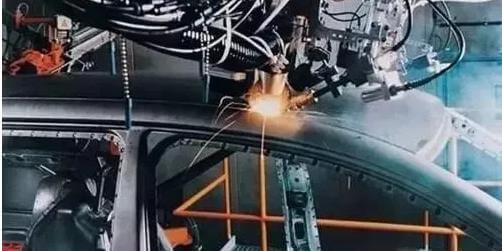
Laser welding demonstrates exceptional versatility in joining a diverse array of materials, including the capability to weld dissimilar metals—a process that traditionally poses significant challenges. This advanced joining technique leverages high-energy density laser beams to create precise, localized heat zones, minimizing thermal distortion and enabling the fusion of metals with disparate physical and chemical properties.
Extensive research and industrial applications have validated the efficacy of laser welding for various dissimilar metal combinations. Notable pairings include copper-nickel, nickel-titanium, copper-titanium, titanium-molybdenum, brass-copper, and low carbon steel-copper. Each combination requires carefully optimized parameters to achieve sound metallurgical bonds while mitigating issues such as intermetallic compound formation, thermal stress, and cracking.
For instance, copper-nickel welds benefit from laser welding’s rapid heating and cooling cycles, which limit the growth of brittle intermetallic phases. Nickel-titanium joints, crucial in shape memory alloy applications, demand precise control over heat input to preserve the unique properties of both materials. The titanium-molybdenum combination, vital in aerospace and medical industries, leverages laser welding’s ability to create narrow fusion zones, thus minimizing the extent of potentially detrimental intermetallic layers.
It’s important to note that while laser welding offers significant advantages for dissimilar metal joining, successful implementation often requires sophisticated process control, including precise beam positioning, power modulation, and in some cases, the use of intermediate layers or filler materials to promote compatibility. The growing adoption of fiber and diode lasers has further expanded the possibilities in this field, offering enhanced beam quality and control for even more challenging material combinations.

